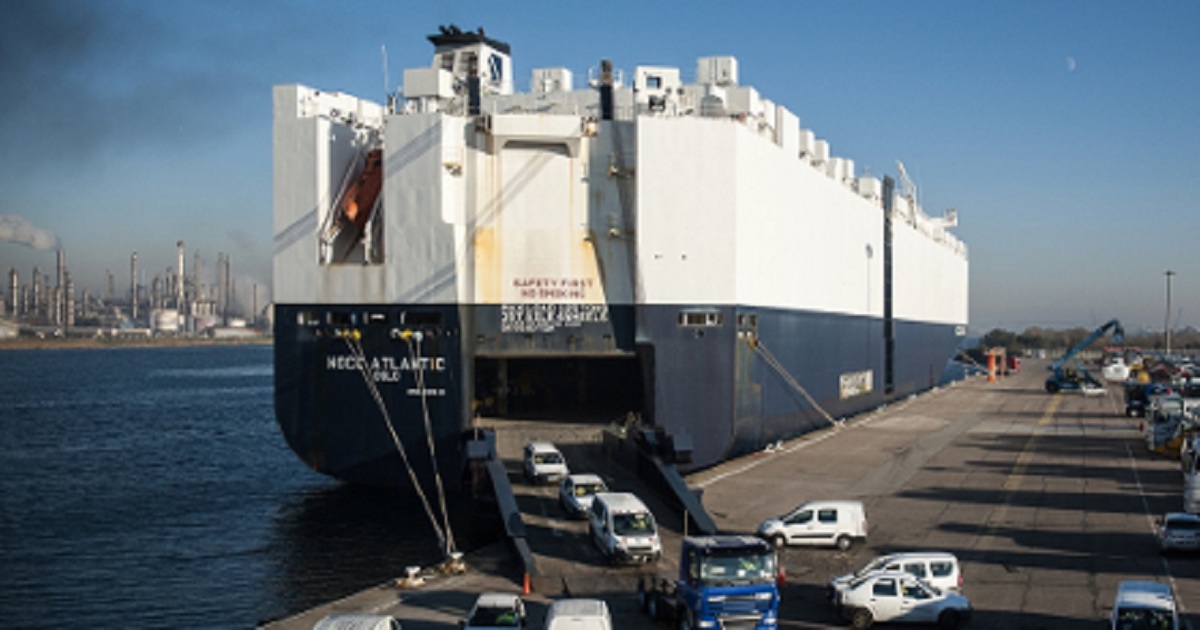Type of energy – a key issue
transportjournal | January 16, 2018

The most important statement of the Norwegian ship classification enterprise DNV’s latest interdisciplinary study, entitled ‘The Maritime Forecast to 2050’, is made rather en passant. The report projects that shipping will continue to enjoy robust growth through to the year 2030. The container segment will augment by 3.2% annually, for example. That is good news. Anyone who thought that the changing of the guard in the engine rooms of the maritime shipping industry’s vessels was merely a question of a few years has got the wrong end of the stick, however. The 20th century lubricant, marine diesel, is not about to be replaced by renewable energy soon. DNV GL CEO Remi Eriksen expects “the energy mix to probably be spread evenly between fossil and renewable sources of energy through to the middle of the 21st century.” Even in the year 2050, oil, with a share of about 47%, will presumably remain the main option for trading vessels. At least natural gas (32%) will come second amongst the fuels used, whilst bio-power and electricity will account for approximately 20%. That does not exactly sound massive, at least when measured against the ambitious ecological goals of industry players such as the IMO. It remains to be seen, however, whether the legal framework will be able to speed these developments along a little.